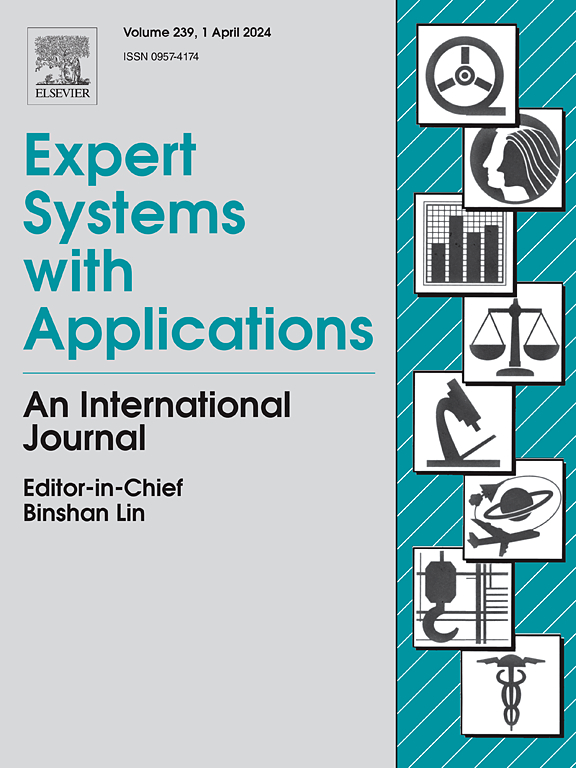利用强化结构学习的多重图融合网络检测在线电子商务平台中的欺诈行为
IF 7.5
1区 计算机科学
Q1 COMPUTER SCIENCE, ARTIFICIAL INTELLIGENCE
引用次数: 0
摘要
电子商务平台上的欺诈活动,如垃圾商品评论或虚假支付行为,严重误导了用户的购买决策,损害了平台的诚信。为了有效识别欺诈者,近年来的研究主要尝试采用具有聚合邻域特征的图神经网络(GNN)来检测欺诈可疑性。然而,图神经网络容易受到精心设计的图结构扰动的影响,而且合谋欺诈者的伪装策略也限制了基于图神经网络的欺诈检测器的有效性。为解决这些问题,本文提出了一种具有强化结构学习功能的新型多重图融合网络(RestMGFN),以揭示协同伪装审查欺诈行为。具体来说,本文设计了一个自适应图结构学习模块,利用对图内在属性的范式约束生成高质量的图表示。然后,利用元路径搜索构建多个特定关系图,以捕捉欺诈活动的深层语义特征。最后,我们将多重图表示模块纳入统一框架,共同优化图结构和相应的嵌入表示。在真实世界数据集上进行的综合实验验证了与最先进的方法相比,所提出模型的有效性和鲁棒性。本文章由计算机程序翻译,如有差异,请以英文原文为准。
Multiplex graph fusion network with reinforcement structure learning for fraud detection in online e-commerce platforms
Fraudulent activities on e-commerce platforms, such as spamming product reviews or fake payment behaviors, seriously mislead users’ purchasing decisions and harm platform integrity. To effectively identify fraudsters, recent research mainly attempts to employ graph neural networks (GNNs) with aggregating neighborhood features for detecting the fraud suspiciousness. However, GNNs are vulnerable to carefully-crafted perturbations in the graph structure, and the camouflage strategies of collusive fraudsters limit the effectiveness of GNNs-based fraud detectors. To address these issues, a novel multiplex graph fusion network with reinforcement structure learning (RestMGFN) is proposed in this paper to reveal the collaborative camouflage review fraud. Specifically, an adaptive graph structure learning module is designed to generate high-quality graph representation by utilizing paradigm constraints on the intrinsic properties of graph. Multiple relation-specific graphs are then constructed using meta-path search for capturing the deep semantic features of fraudulent activities. Finally, we incorporate the multiplex graph representations module into a unified framework, jointly optimizing the graph structure and corresponding embedding representations. Comprehensive experiments on real-world datasets verify the effectiveness and robustness of the proposed model compared with state-of-the-art approaches.
求助全文
通过发布文献求助,成功后即可免费获取论文全文。
去求助
来源期刊

Expert Systems with Applications
工程技术-工程:电子与电气
CiteScore
13.80
自引率
10.60%
发文量
2045
审稿时长
8.7 months
期刊介绍:
Expert Systems With Applications is an international journal dedicated to the exchange of information on expert and intelligent systems used globally in industry, government, and universities. The journal emphasizes original papers covering the design, development, testing, implementation, and management of these systems, offering practical guidelines. It spans various sectors such as finance, engineering, marketing, law, project management, information management, medicine, and more. The journal also welcomes papers on multi-agent systems, knowledge management, neural networks, knowledge discovery, data mining, and other related areas, excluding applications to military/defense systems.
 求助内容:
求助内容: 应助结果提醒方式:
应助结果提醒方式:


